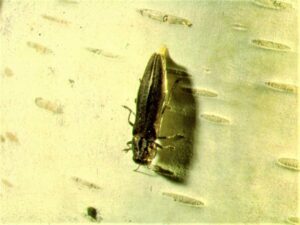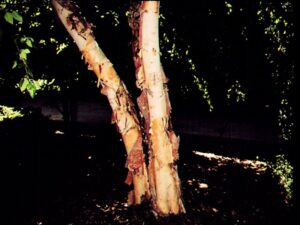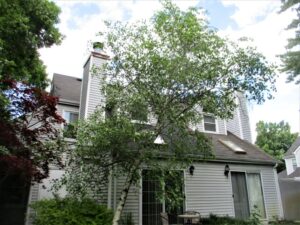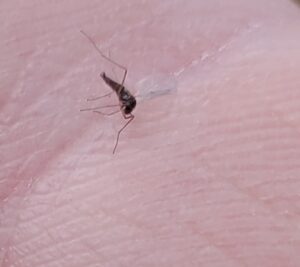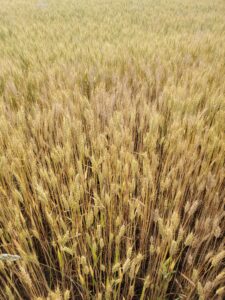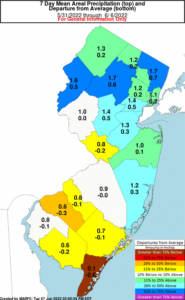Over the past two years in-person trainings for pesticide applicators to obtain recertification credits have been a challenge. To educate licensed pesticide applicators and help them to receive credits, a 3-hour seminar will be held on Tuesday, October 18, 2022 from 9:00AM to 12:00PM at the Rutgers Cooperative Extension office in Gloucester County, 254 County House Rd, Clarksboro, NJ 08020. The meeting will be in the Sullivan Room auditorium. Attendees can enter through the ramp on the far right side of the main building.
Presenter: Michelle Infante-Casella, Agricultural Agent
Schedule:
9:00 AM……………..Pesticide Storage Facilities and Pesticide Disposal
10:00 AM……………Pesticide Record Keeping, Notification, and Posting
10:30 AM……………Insect Identification and Life Cycles for Proper Control Strategies in Landscapes, Turf, and Farm Fields
11:00 AM…………….Weed Identification: Annuals and Perennials: Know Your Weeds in Landscapes, Turf and Farm Fields
11:30 AM…………….Common Plant Diseases of Major Crop/Plant Groups
12:00 PM …………….Pesticide Credits and Adjourn
The following credits have been assigned by NJ DEP:
3 – CORE Credits
3 – PP2 Credits
3 – 3A Credits
3 – 3B Credits
3 – 1A Credits
Call 856-224-8040 ext. 1 or email jmedany@co.gloucester.nj.us to pre-register or for more information.
There is a $50.00 fee per participant. Only checks or cash will be accepted. Please make checks payable to “Rutgers the State Univ. of NJ”
Pre-registration is appreciated, and walk-in participants are welcome and can pay at the door. To find more information see: https://go.rutgers.edu/Oct18PesticideSeminar


